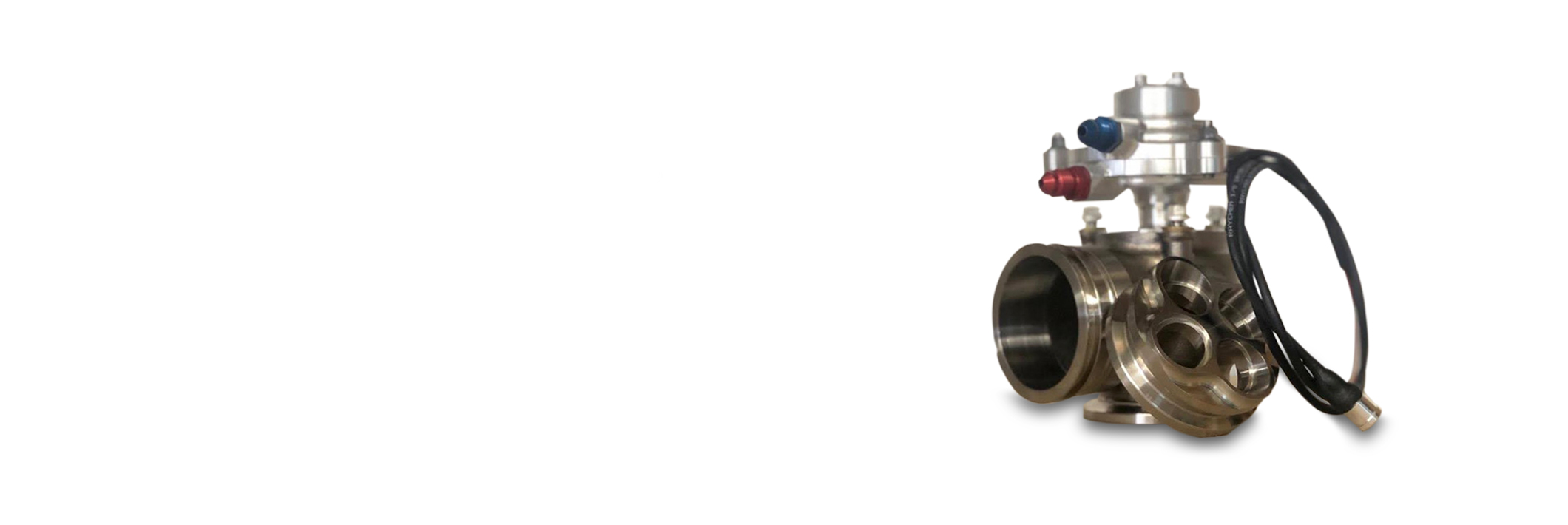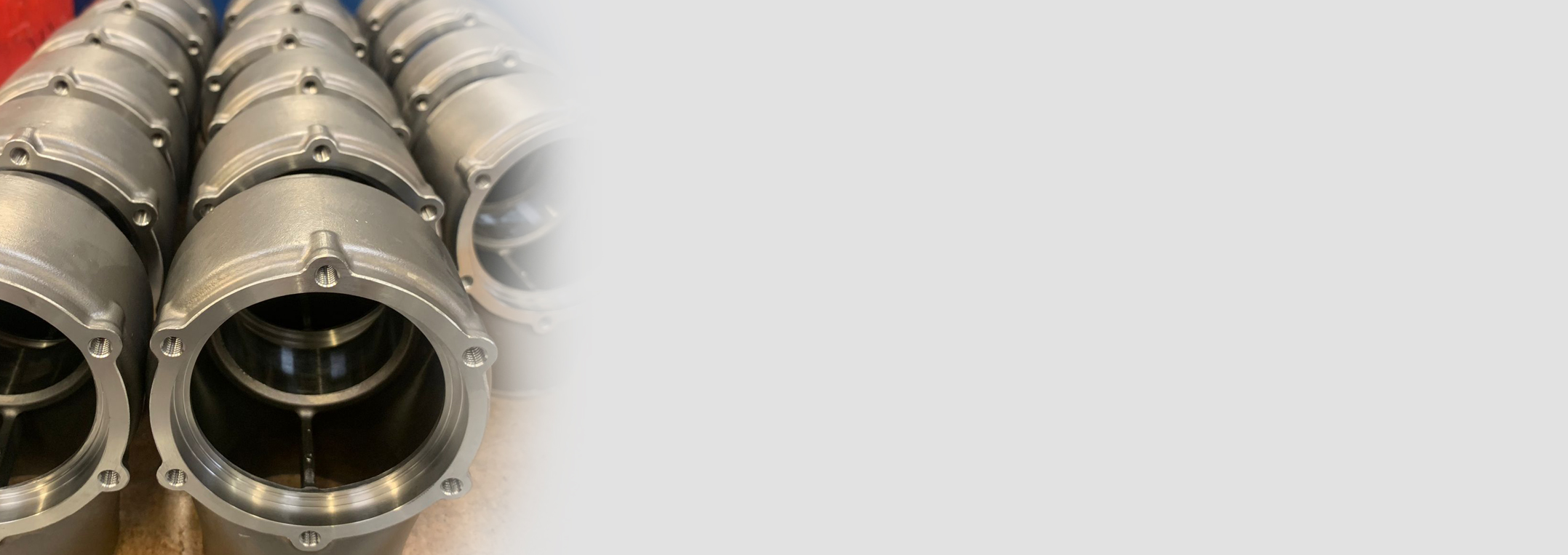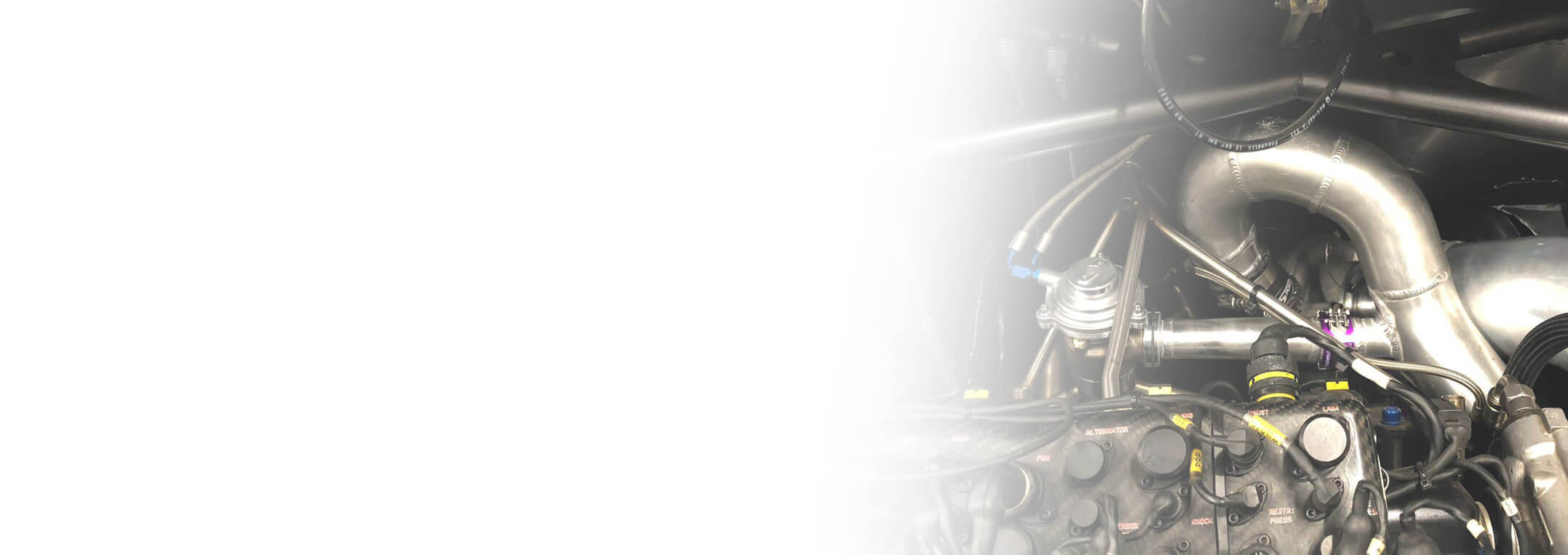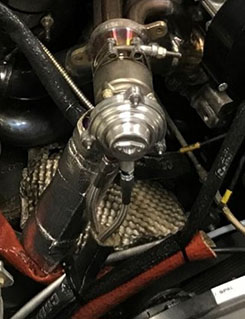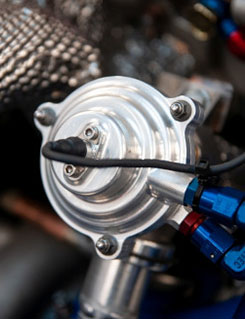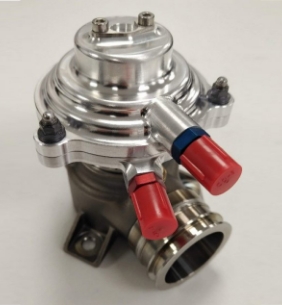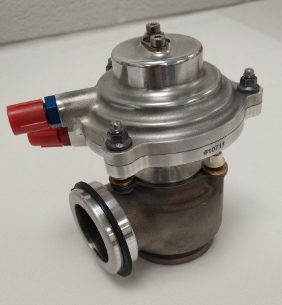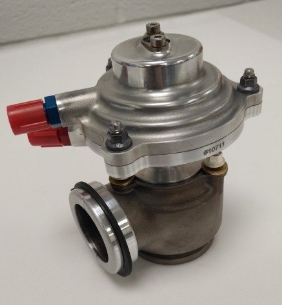At DSPS Engineering, our guiding principle is "Quality Driven Performance," where superior performance is the outcome of unwavering quality and meticulous attention to detail.
In the realm of high-performance racing, it's the intricacies that truly matter, providing drivers and teams with the competitive edge needed to secure victories and hoist trophies. This philosophy is ingrained in every facet of DSPS Engineering because, in their demanding field, our clients require immediate access to performance, power, and reliability for success.
Throughout the years, our anti-lag valves have evolved into indispensable components in winning cars across various motorsport disciplines. Teams leverage nearly four decades of motorsport expertise, gaining a competitive advantage precisely when it matters most — a testament to our commitment to delivering excellence in performance engineering.

